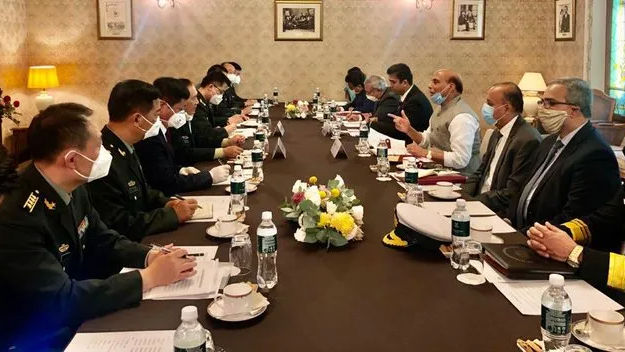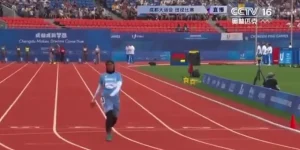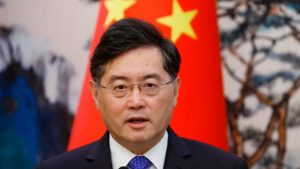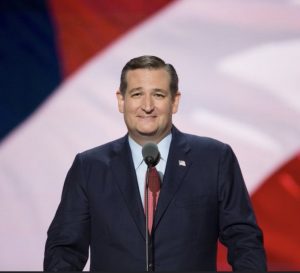Defence Minister Rajnath Singh, who is currently in Moscow, met his Chinese counterpart Wei Fenghe at the Hotel Metropol in Moscow, as per a tweet from the Defence Ministry.
Defence Secretary Ajay Kumar and Indian envoy to Russia DB Venkatesh Varma were also a part of the Indian delegation that met with the Chinese Defence Minister Wei Fenghe, reported PTI quoting sources.
The meeting lasted for two hours and twenty minutes.
External Affairs Minister S Jaishankar has previously held telephonic talks with his Chinese counterpart Wang Yi on the border standoff.
This was the first top-level talk between the two neighbouring countries since the situation at the Line of Actual Control (LAC) in eastern Ladakh deteriorated in early May.
However, the two countries have been diplomatically negotiating a complete disengagement at the border since June. Indian and China had conducted five senior commander level talks, since June 15.
Tensions between the two countries had reignited after India accused Chinese troops of provocative military manoeuvers on the night of August 29 and August 30.
Since then, China has demanded a complete withdrawal of Indian troops from Eastern Ladakh to avoid escalation of tensions.
China also criticised India’s occupation of a strategic height on the Indian side of the Pangong Tso lake near Thakung, which is located on the Indian side of the border.
Tensions flared up in the region again after China unsuccessfully attempted to occupy Indian territory in the southern bank of Pangong lake five days ago when the two sides were engaged in diplomatic and military talks to resolve the prolonged border row.
India occupied a number of strategic heights on the southern bank of Pangong lake and strengthened its presence in Finger 2 and Finger 3 areas in the region to thwart any Chinese actions. China has strongly objected to India’s move. India has, however, maintained that the heights are on its side of the LAC.
India has also rushed in additional troops and weapons to the sensitive region following China’s transgression attempts.
On Wednesday, India banned 118 mobile applications citing that they were detrimental to India’s sovereignty. Among the applications banned, there were certain Chinese applications, and hence the move resulted in a backlash from China.
China stated that the application ban violated the legal interests of Chinese investors, claiming that the move would benefit neither nations.
Tensions between the two countries reached an all-time high on June 15 when 20 Indian soldiers were killed in a border skirmish with Chinese soldiers.







